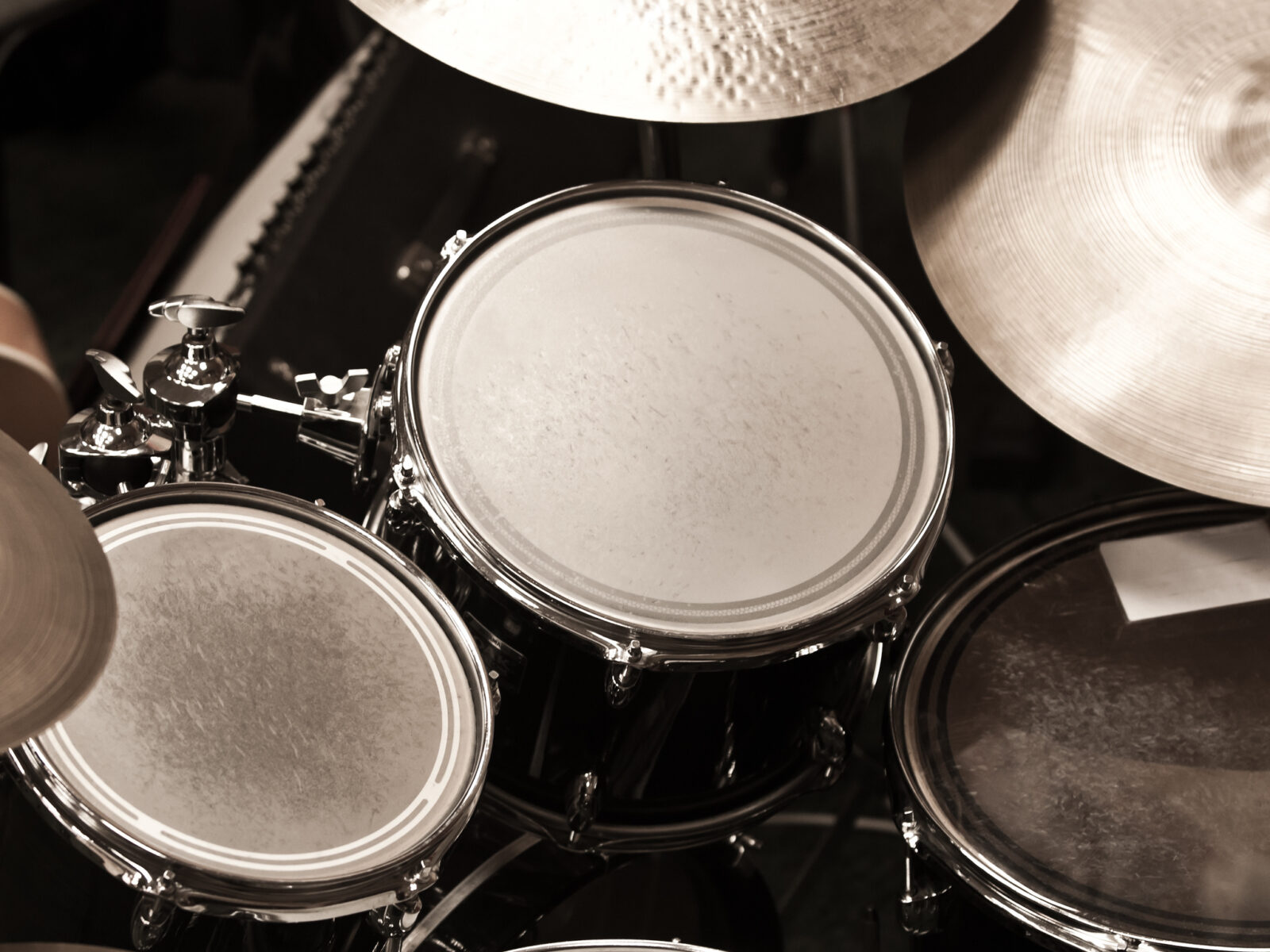Paranormal
Panayiotis Kokoras
Paranormal was composed during winter 2003. This is the first piece I completed after returning back to Greece from a long stay in England. It was quite a challenge for me to see how the new environment could affect my compositional output.
The first thought I had in my mind when I started to work on the piece was to avoid of making a piece based mostly on pointillistic rhythmical ideas. I tried to create a sort of a sound palette that I was going to use for the piece later. Having a snare drum in front of me I experimented a number of possible locations above and around the drum head using several different kinds of mallets, brushes, sticks even fingers. I made a classification of the sound database I created with respect to their morphological criteria such as mass, harmonic timbre, grain, dynamics, melodic profile, production context, based on my perceptual and/ or cognitive criteria. Paranormal opens with the three snare drums to create a holophonic texture that carries with in it a variety of possibilities for further development and morphopoiesis in the course of the piece. The intrinsic properties of the holophonic texture become perceptible as they fused to single abstract sound entities with temporal focal points and variable peripheral shapes. Listening to the piece one could hear from metallic harmonic shifting to crackly, granular textures and trembling, sweepy gestures and even more complex sound structures. Occasionally, there are moments that reminisce to sounds of rain or fire, air, and even machinery. All through amplification that makes possible to hear a whole world of sound possibilities easily masked from a “bang”.
The percussionists’ virtuosity is expressed through delicate sound manipulations they control throughout the work. The performers create a variety of sounds by utilising different points, locations and ways to trigger in the instrument. This piece was awarded the Look and Listen Prize 2004 in New York, USA; and was shortlisted for the Gaudeamus Prize 2004 in Amsterdam, The Netherlands.
–Panayiotis Kokoras
Breathless
Matthew Arrellin
The piece was written for Third Coast Percussion while I was living abroad in Quito, Ecuador. The title is a nod to French New Wave cinema, where the jump-cut was popularized as an expressive tool. In my recent music, I have become fascinated with the idea of a “jump-cut” as a formal idea. I’m attracted to the energy that sudden, abrupt changes can infuse in the music and in the listening experience. It’s a piece that never rests, that feels constantly on the verge of exploding; in the music, there are fast shifts and unexpected juxtapositions between batteries of volatile rhythmic material and the scintillatingly mysterious sounds of the melodica’s fluttered pitch clusters. There are transformations from non-metric relays at the outset to very groove- driven patterns, while gradual shifts in emphasis from woods to metals to skins simultaneously unfold.
–Matthew Arrellin
Bend
Peter Martin
Peter Martin’s quartet BEND draws inspiration from the player piano compositions of Bruce Goff, a wonderfully unconventional architect and amateur composer. Many of Goff’s piano rolls were highly stylized geometric designs perforated into the scrolls, resulting in music that created very clear sonic “shapes.” Whereas these shapes would create the pitch and rhythm in a player piano performance, BEND translates these shapes into volume, tone, and gesture. The composer’s experience with the piano rolls- through a blurry, decades-old video- inspired an unconventional sound palette created with alternative techniques on 2 marimbas.
Real Voices and Imagined Clatter
Tania Ko
Timpani are resonant and thud like heartbeats; their flexible range of pitches can perform sighs as well as large groans. Of all the percussion instruments, they are the most like our human bodies in this regard.
Real Voices and Imagined Clatter begins with an initial exploration of the ringing, metallic, and dry qualities of the timpani sound-world. The drums eventually call forth human voices when the performers begin to listen carefully to their sound. This act of vocalisation is ultimately reciprocal. The players in turn draw out a sustained, bittersweet wailing from a single timpano at the very end of the work. In this way, although there are four performers, this piece serves as a dialogue between eight individual and expressive bodies on stage.
Suite for Percussion
Lou Harrison
Lou Harrison was a prominent 20th century composer whose teachers included Henry Cowell and Arnold Schoenberg. Both Harrison and John Cage, who also studied with Cowell, became fascinated with interesting sounds and sonorities such as brake drums, glass bowls, tuned gongs, and plumbing pipes. Suite For Percussion (1940) is a work of his time in San Francisco which features many of these interesting sounds in a three movement suite format. His fascination with percussion instruments continues here with a mash up of common found (junk) objects combined with western instruments. He often hints at cultural references through complex rhythms, but always in the lyrical composition style Harrison is known for.

